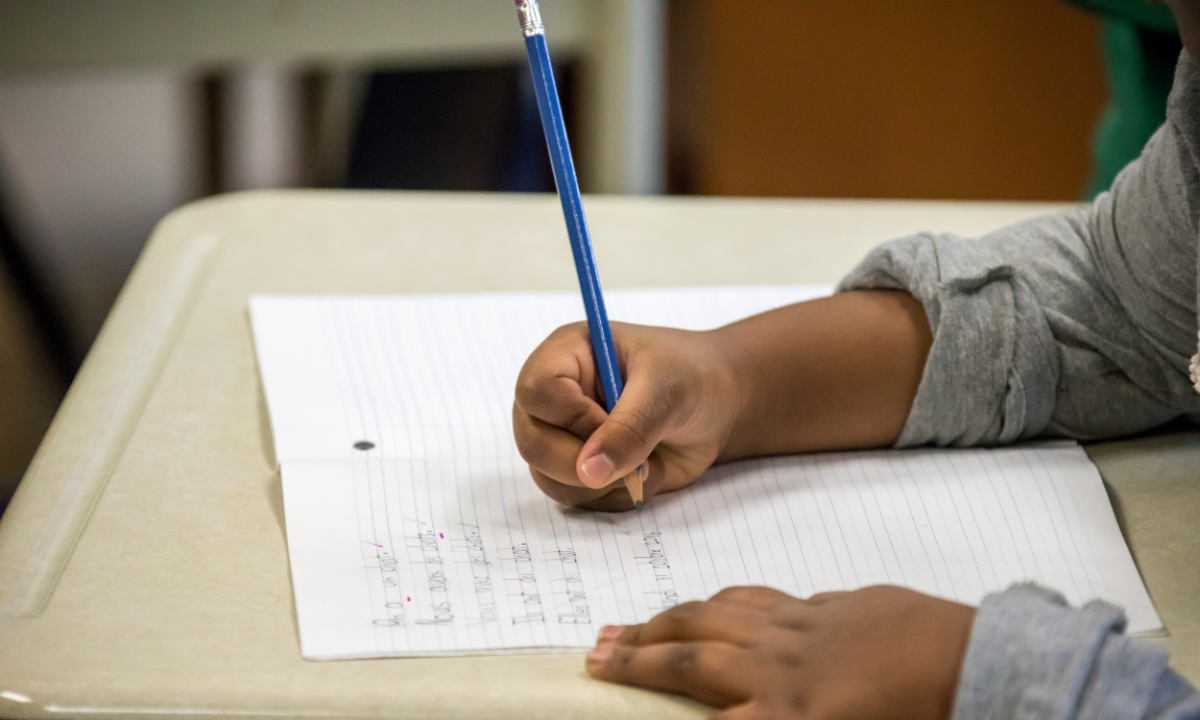Educational researcher Rachael Gabriel notes that a truly scientific approach to reading would acknowledge that “each student will require different kinds and degrees of support for component skills and the many processes of literacy” (Gabriel, 2021). But how do we uncover the kinds and degrees of support that will be most effective for individual students? Our best shot starts with assessment that is authentic, asset-based, actionable, and anti-racist. Think of these characteristics as a framework, wherein each facet supports the other in the development of responsive teaching.
Authentic
Sensitive observation requires understanding the complex and dynamic aspects of what a student brings to the real tasks of reading and writing. Reading and writing are best understood by closely observing the student in the authentic act of reading and writing continuous text. I often think of teaching my kids to drive when I think of this kind of assessment. We teach them to drive by driving. Yes, they study the manual, but the real learning comes from driving, a lot, with supervision, in places and situations that demand increasingly complex decision making. There is no substitute.
Asset-based
Think about what the child brings to the assessment as assets. An asset-based lens increases motivation, builds independence, and improves outcomes. Assessment should not be about a score or a threshold, or a grouping. Assessment is about what the child understands right now and how to build on those understandings. What message are your assessments sending to students? How are they learning from assessments?
Actionable
Assessment provides a hypothesis about where to start instruction. To create such a hypothesis, look for patterns in the data. Insights from observations of reading and writing can be linked to specific, precise behaviors and understandings in the The Fountas & Pinnell Literacy Continuum. Which behaviors and understandings might be appropriate to address with the whole group, a small group, or individual students? To be sure, the decisions made based on assessment information must be tentative and continually revisited in light of new observational information. It requires an open mind and a willingness to see things that may not conform to what was previously observed. No assessment is the final or comprehensive word on a student. Hypotheses exist to be tested and revised.
Anti-racist and anti-biased
Anti-racist and anti-bias work includes assessment and its link to instruction. When we think of bias in assessment, it is often in the context of whether we are using standardized procedures to reduce differences in administration. But, it is important to consider the much larger question of how our assessments and the system in which they are used may reflect or even propagate bias and racism in our school. For example, emerging bilingual and multilingual students may score lower on some standardized assessments. If this performance is misinterpreted as a lack of analytic skill or intelligence rather than a lack of experience with English language construction or vocabulary, a cycle of low expectations and low outcomes can easily begin.
Getting away from the deficit view of learners is one step toward anti-racist and anti-biased assessment, but it isn’t enough. Are the assessments themselves actually valid for these learners (meaning do they measure what they intend to measure)? Anti-racist and anti-biased systems of assessment continually embrace broad conversations about the links between assessment and success for all students.
What next?
Peter Johnston reminds that our “assessment practices must help produce learners who are resilient and view literacy learning, rather than performance or ability, as their priority” (Johnston, 2005). Helping students lead literate lives means making it our priority as educators to offer instruction informed by the best possible information, building on each students’ existing understandings, and linking them to effective teaching, while critically reflecting on unconscious bias at all levels.
If you would like to learn more about linking assessment and instruction, the online course “Linking Assessment & Teaching: Reading, Writing & Word Study K-8” begins soon and we will explore these and many other ideas.
Citations
Gabriel, R. (2021). The Sciences of Reading Instruction. EDUCATIONAL LEADERSHIP, 78(8), 58-64.
Johnston, P. (2005). Literacy assessment and the future. The Reading Teacher, 58(7), 684-686.





